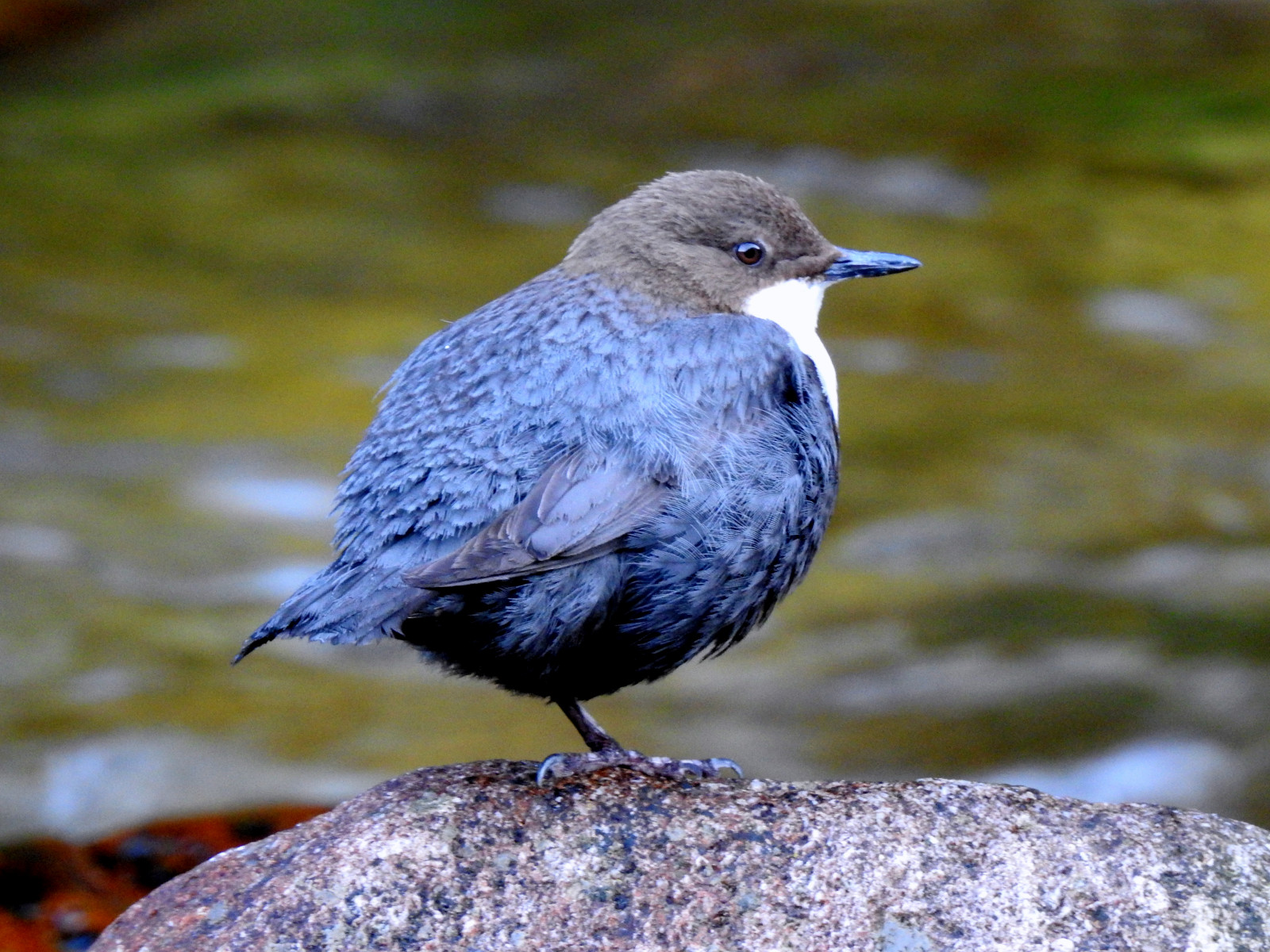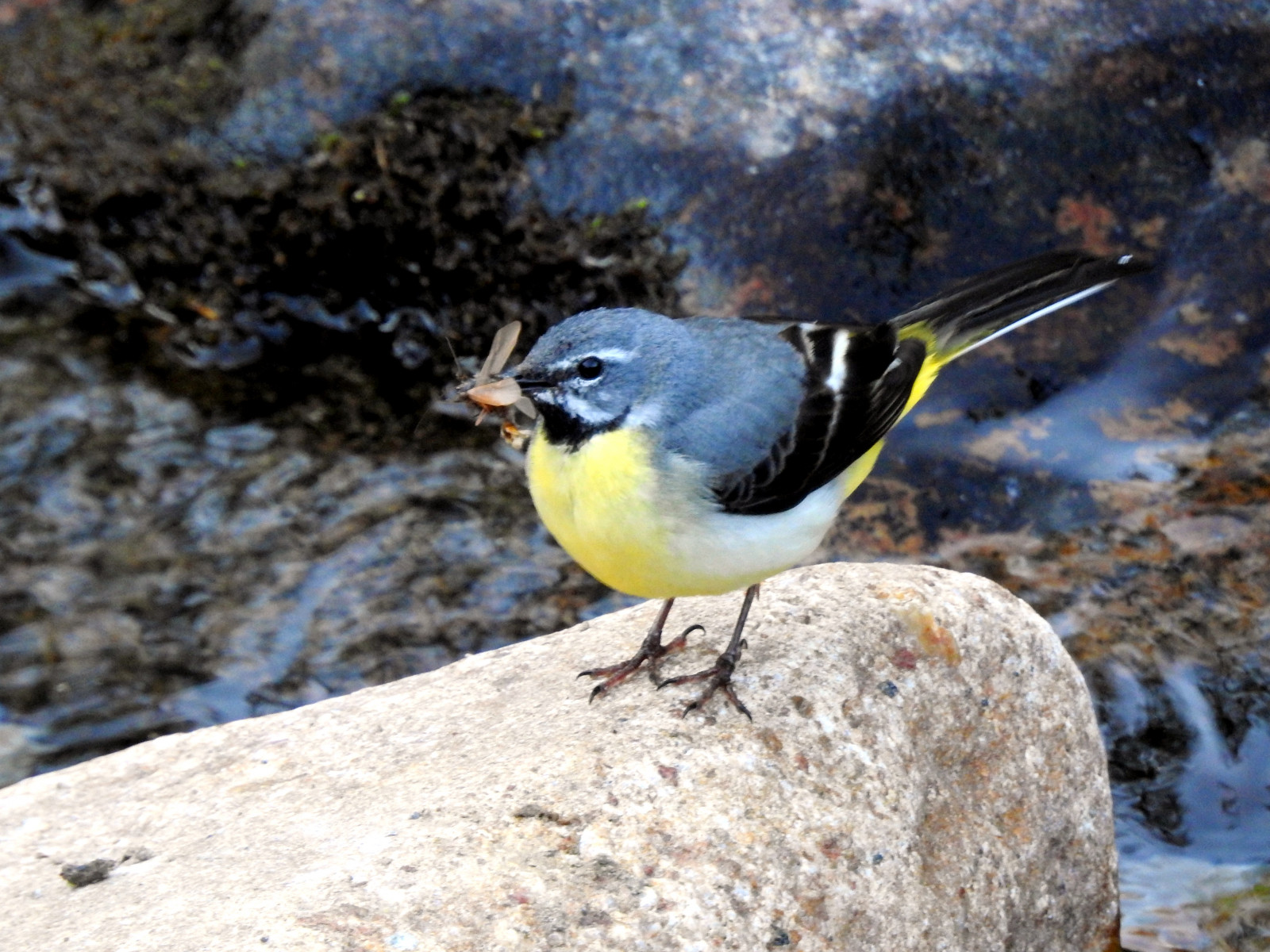Opis
The Kościeliska Valley lies within the borders of the Tatra National Park. Many limestone rock forms, ravines and caves have formed in its area. Numerous smaller and side valleys depart from it. The largest of which are the Miętusia Valley, the Tomanowa Valley and the Pyszniańska Valley. The vegetation levels typical of the Tatra Mountains have developed in the valley: lower forest, upper mountain spruce forest, dwarf pine and alpine meadows, which create very diverse and rich habitats for many species of birds.
Among the birds, several rarer species in Poland occur in this area: drozd obrożny, płochacz halny, siwerniak, pomurnik, wójcik, pliszka górska, pluszcz, dzięcioł trójpalczasty, orzeł przedni, sokół wędrowny and forest grouses - cietrzew, głuszec, and jarząbek. From other groups of animals you can see there: Brown bear, Tatra chamois, Alpine marmot, and rare rodent - Tatra pine vole.
Szczegóły
Dostęp
You have to get from Zakopane to Kiry, which is part of Kościelisko. Buses and minibuses run there. In front of the entrance to the Kościeliska Valley, there are paid parking lots for cars and buses. Motor vehicles and bicycles are forbidden to enter the valley. The valley can be explored on foot or in highlander horse-drawn carriages (in summer) and sleighs (in winter). During the tourist season, traffic is enormous - it is one of the most crowded places in the Tatras. Admission to the valley is paid. In the upper part of the Kościeliska Valley (5.5 km from Kiry, 1:30 h on foot) there is a tourist shelter on Hala Ornak.



